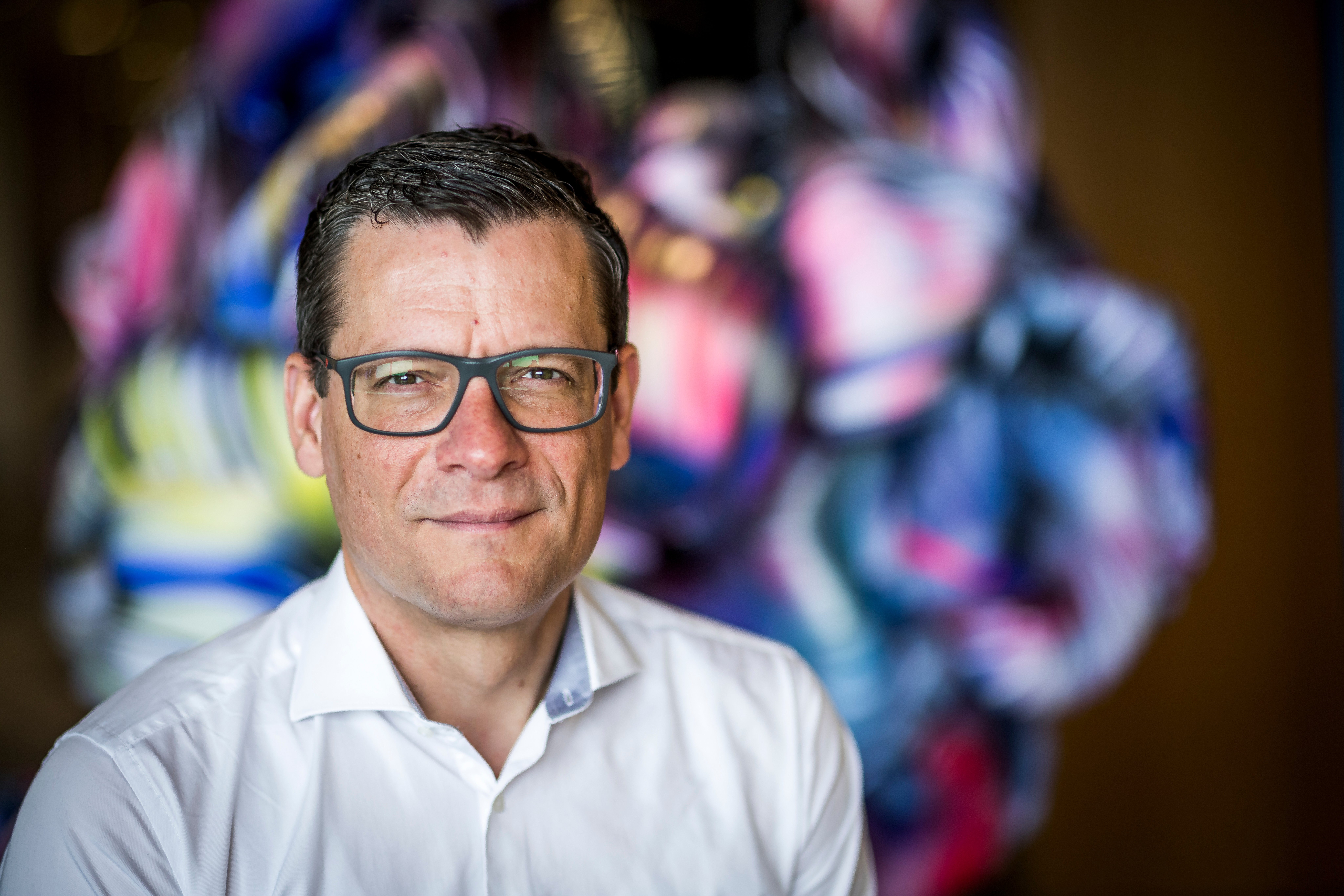
Higher education will change radically in the next ten years. We call these changes disruptions. The essence of such a disruption is that the customers and clients of a traditional provider, in this case, our traditional system of higher education, suddenly opt en masse for new providers that combine new technologies with existing services or products. These new competitors are therefore more customer-oriented, more innovative, more efficient – and cheaper. The traditional providers realize this too late and as a result, can no longer adjust their own strategy: they lose out on the competition.
Here I already explained how disruptions recently occurred in other sectors. I also showed why the signals for higher education are now on orange – perhaps even on red. Our universities and colleges will also face disruptions in the coming years, and we can already know who their possible future competitors are: I explored them in this column.
To cope with these disruptions, universities and colleges must innovate proactively and remain indispensable to their main stakeholders: students, employers, and politicians. But what will these stakeholders expect from our higher education in a few years’ time? At first glance, that seems like a matter of conjecture. But if you look closely, you see clear patterns.
What do students want from universities and colleges in the future? Personalized learning and excellent hybrid facilities.
Three developments are important for the student population of the future: heterogenization, flexibilization, and digitization. As the labor market moves to a constant state of digitalization and change, employees will need to constantly develop. The students of the future, as a population, will be much more diverse than the 18-24-year-olds of today. Universities must therefore also target students who follow a different path of studies, such as mid-career climbers, evolving professionals, and trajectory transformers. In addition, students will become more heterogeneous in terms of lifestyles, cultural orientations, cohabitation forms, or political preferences. Universities will likely have to work harder to continue to create academic communities out of these heterogeneous populations.

For this more heterogeneous student population, time is more scarce. They will raise the bar for their education providers. These students will expect their education to be flexible and personalized: after all, it must fit seamlessly into their own, specific path of study. Customization, and “organizing education around the student”, will become the standard, and universities and colleges can only realize that when online and offline are well combined. That means, for example, smart combinations of seminars on their fantastic campuses or beautiful inner-city locations with online individual coaching and group meetings, podcasts, pre-recorded videos, knowledge clips, and lectures. And exactly where that digital bar will be set is already being determined by the future competitors I identified in my previous column.
What will employers want from universities and colleges in five years? Much better LLL opportunities, and more focus on skills rather than degrees.
It has become clear that the current labor market is not yet ready for the challenges of our time, let alone those of ten years from now. Until 2030, several major social transitions are on the agenda, around energy, digitalization, raw materials, circularity, agriculture, education, and care. We have to do this under the difficult circumstances of an aging population, labor market shortages, and an ever-faster-changing labor market demand. The OECD, McKinsey, STT, and Nesta clearly explain how the labor market is going to change.
What do these changes mean for the graduate student entering the job market? Employers will demand different qualities. TNO explains that the labor market of the future is increasingly about skills, rather than diplomas. Those skills are ‘skills that facilitate learning or the faster acquisition of knowledge’. For universities, this means: more skills-oriented curricula, preparing students to enter the labor market earlier, for example after their bachelor’s degree, and ensuring that they can come back at a later age to continue their studies, for example in a post-experience master’s program. The latter can be achieved through targeted cooperation with employers. First initiatives are already in place, for example in the LLO Catalyst, financed by the Dutch Growth Fund, which is already preparing for such a joint approach. Universities and colleges should not wait too long, because companies are already offering far more accredited training and education at an academic level than we may know.
What will politicians want from universities and colleges in five years? Digitalization, flexibilization, and European cooperation.
The Ministry of Education, Culture and Science has some clear wishes for universities. As early as 2.5 years ago, the Ministry indicated in its Strategic Agenda for Higher Education that universities must focus much more on flexible higher education. In practice, this means more room for the heterogeneous student population as described above, more collaboration between universities and colleges of higher education, more control by students over their own study path, and a less one-sided focus on the “old-fashioned” 4-year curriculum. Two weeks ago, Minister Dijkgraaf confirmed this wish very clearly. In doing so, he also indicated that the changing labor market demand and increasingly complex jobs are likely to require even greater adjustments to our higher education system. To emphasize this, he will be presenting “Future Studies” for higher education in the fall.
This is in line with what Europe wants. According to the European Commission, universities and colleges of higher education must make it clearer how they contribute to major social challenges, and make their education more ‘future-proof’. To ensure that universities and colleges of higher education offer more joint education in ‘European Universities’, the Commission is developing a ‘European degree’ together with member states. This will encourage universities to offer more flexible education and short courses and reward them with micro-credentials.
What’s next?
The traditional proposition of universities and colleges is probably no longer sustainable. Substantial steps will have to be taken in the areas of personalized learning, excellent hybrid education, competitive offerings for life-long learners, and a transition from a single-minded focus on degrees to more focus on skills. In the area of flexibilization, our higher education is already taking the first steps. The first small steps are now also being taken in the area of life-long learning. These steps are still being taken primarily by small groups of enterprising innovators within the institutions. But the big challenge for the short term will be to get this into our prevailing higher education paradigm.

About this column:
In a weekly column, alternately written by Eveline van Zeeland, Derek Jan Fikkers, Eugène Franken, PG Kroeger, Katleen Gabriels, Carina Weijma, Bernd Maier-Leppla, Willemijn Brouwer and Colinda de Beer, Innovation Origins tries to figure out what the future will look like. These columnists, sometimes joined by guest bloggers, are all working in their own way to find solutions to the problems of our time. So tomorrow will be good. Here are all the previous columns in this series.







